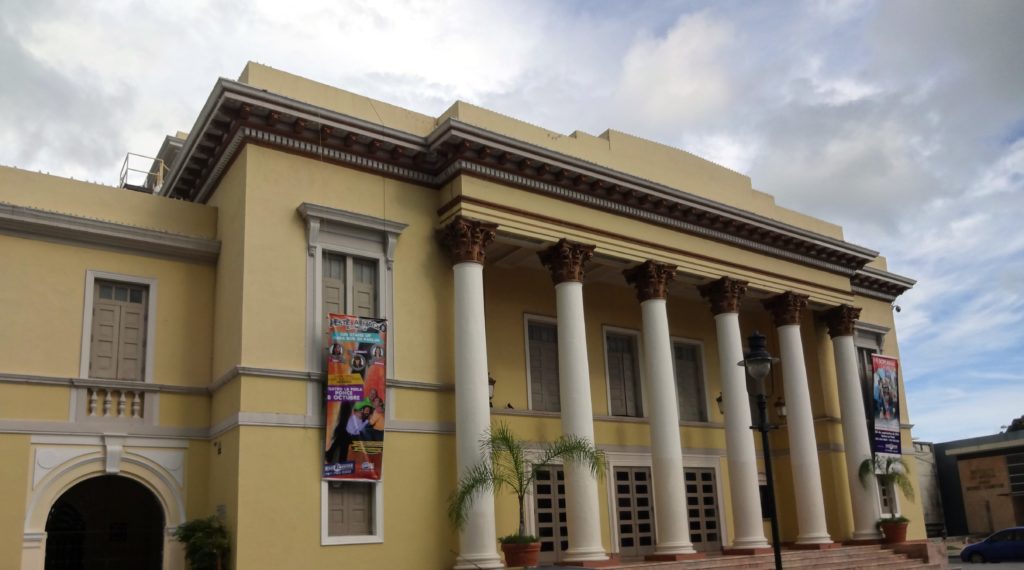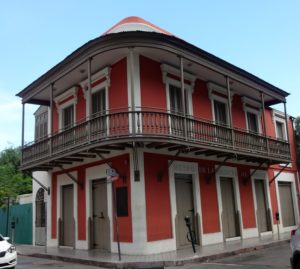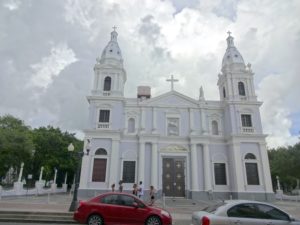
The Spanish claimed Ponce for the crown in 1511 and by 1630 it had become an established city. It was the first port of call in the region. It was far from the prying eyes of the Spanish authorities which made it a popular port for smuggling. Free trade flourished here and goods from other countries and Africa began to pour in. Many slave revolts erupted from Saint-Domingue in the 1790’s and in South America in the early 1800’s which brought an influx of wealthy refugees into the Ponce area. Ponce flourished with plantations of coffee, sugar, tobacco, and rum production. With all of the economic growth and increasing number of wealthy residents, Ponce became a center for arts, music, and literature.
Prosperity lasted until 1898 when it all began to unravel. It started with Spain’s refusal to acknowledge Cuba’s independence. This refusal on Spain’s part sparked the Spanish-American war. By today’s standards it would hardly be considered a war as it only lasted a scant 5 months. When the dust settled, Puerto Rico was no longer a Spanish colony. It now belonged to the United States. Before the island could adjust to new rule, two hurricanes hit the island causing devastating destruction to the sugar cane fields. A couple short decades later the coffee industry also began to decline. After that, Ponce just never quite managed to recover economically.
 The financial decline of Ponce and the years of poor economic conditions that followed produced a hotbed of unrest among the people in this region of the island. It all came to a head in 1937 with the Ponce Massacre. On Palm Sunday, March 21, 1937, the citizens planned a peaceful demonstration after applying and receiving a permit to assemble, but at the last minute the governor withdrew the permit. The action of the governor angered the Nationalist Party and they defied the governor and marched anyway. Almost 100 unarmed young men and women faced off against 150 armed policemen in Plaza Las Delicias. The demonstrators began to sing ‘La Borinqueña’ which was the national anthem. At that moment, someone fired a shot which caused the plaza to erupt in gunfire. When shooting ended, 17 protestors and 2 police had died. Most of the 17 protesters had been shot in the back as they retreated. There is now a small museum there that commemorates the events that happened that day.
The financial decline of Ponce and the years of poor economic conditions that followed produced a hotbed of unrest among the people in this region of the island. It all came to a head in 1937 with the Ponce Massacre. On Palm Sunday, March 21, 1937, the citizens planned a peaceful demonstration after applying and receiving a permit to assemble, but at the last minute the governor withdrew the permit. The action of the governor angered the Nationalist Party and they defied the governor and marched anyway. Almost 100 unarmed young men and women faced off against 150 armed policemen in Plaza Las Delicias. The demonstrators began to sing ‘La Borinqueña’ which was the national anthem. At that moment, someone fired a shot which caused the plaza to erupt in gunfire. When shooting ended, 17 protestors and 2 police had died. Most of the 17 protesters had been shot in the back as they retreated. There is now a small museum there that commemorates the events that happened that day.
 Shortly thereafter, the U.S. began development of ports on the north coast which further hastened the decline of Ponce. Today Ponce is working to develop the tourism industry by capitalizing on its rich history and abundance of cultural attractions. Ponce has a variety of Museums from art and music to history and culture along with a paseo full of stores for shopping and a beautiful plaza.
Shortly thereafter, the U.S. began development of ports on the north coast which further hastened the decline of Ponce. Today Ponce is working to develop the tourism industry by capitalizing on its rich history and abundance of cultural attractions. Ponce has a variety of Museums from art and music to history and culture along with a paseo full of stores for shopping and a beautiful plaza.

